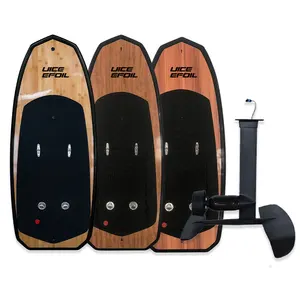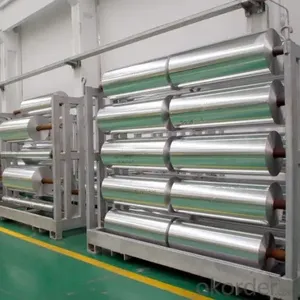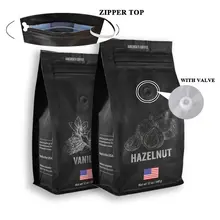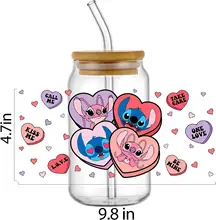Rainbow Foil: A Spectrum of Applications
Rainbow foil, a versatile material, is widely recognized for its vibrant and reflective properties. This decorative element is commonly utilized in various industries, adding a splash of color and elegance to products. From rainbow hot stamping on book covers to the intricate designs on packaging, rainbow foil is an essential component in creating visually appealing items.
Types and Features of Rainbow Foil
The diversity of rainbow foil extends to its numerous types, each serving a unique purpose. Options range from the classic foil rainbow sheets to specialized forms like rainbow transfer foil, which is perfect for transferring designs onto different surfaces. The material's adaptability is evident in its application across various textures and items, including paper, plastic, and even textiles. The rainbow stripe foils are particularly sought after for their distinctive pattern, offering a unique aesthetic that stands out.
Applications in Different Sectors
The application of rainbow foil is not limited to a single industry. In the world of publishing, it is used to accentuate book titles and spines, while in the fashion sector, it adds a luxurious touch to accessories and clothing. The rainbow hot foil technique is a popular choice for wineries that wish to embellish their labels and wooden cases with a premium look. Additionally, the corporate world leverages rainbow foil for creating distinguished business cards and promotional materials.
Advantages of Using Rainbow Foil
Utilizing rainbow foil in product design offers several advantages. It enhances visual appeal, captures consumer attention, and can also serve as an anti-counterfeiting measure, especially when used in the form of iridescent rainbow foil gift wrap. The reflective quality of the foil makes products stand out on shelves, giving them a competitive edge in the marketplace.
Materials and Sustainability
The base materials for rainbow foil include a thin layer of metal deposited on a film of polyester or polyethylene. These materials are chosen for their ability to reflect light and create the rainbow effect. Manufacturers are increasingly focusing on sustainability, ensuring that the foils are recyclable and that their production processes have minimal environmental impact.
Creative Uses in Decor and Art
Beyond industrial applications, rainbow foil is also a favorite in the arts and crafts community. The rainbow foil egg decorating kit is a testament to the material's popularity during festive seasons, allowing for creative and vibrant decorations. Artists and DIY enthusiasts find rainbow foil an excellent medium for experimenting with color and texture in their projects.








































 浙公网安备 33010002000092号
浙公网安备 33010002000092号 浙B2-20120091-4
浙B2-20120091-4